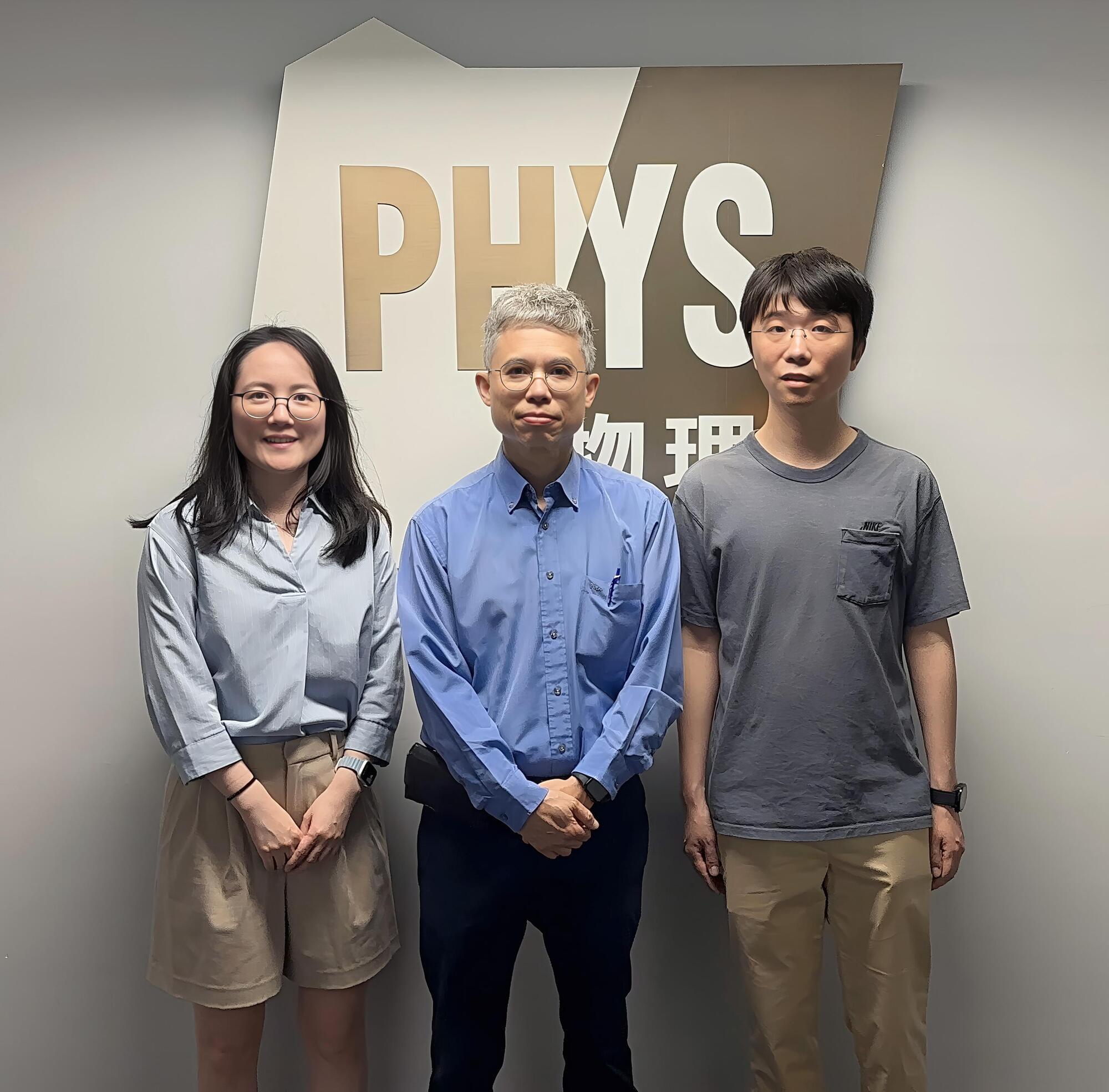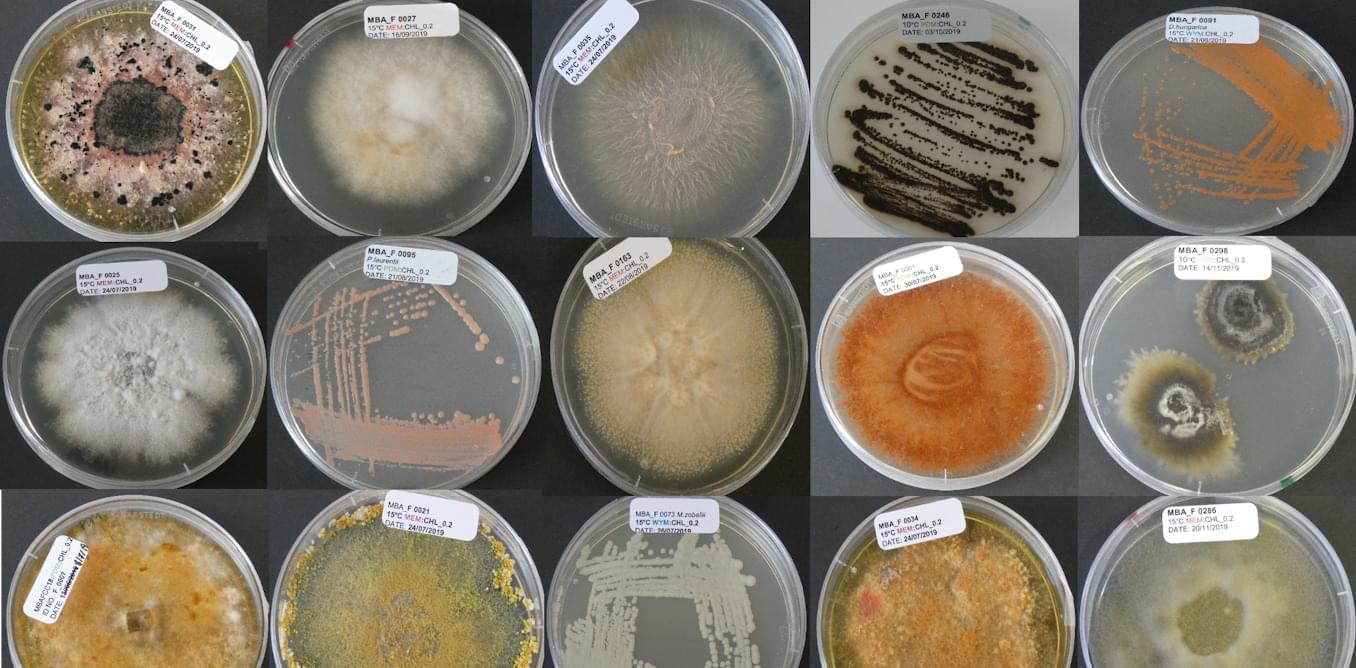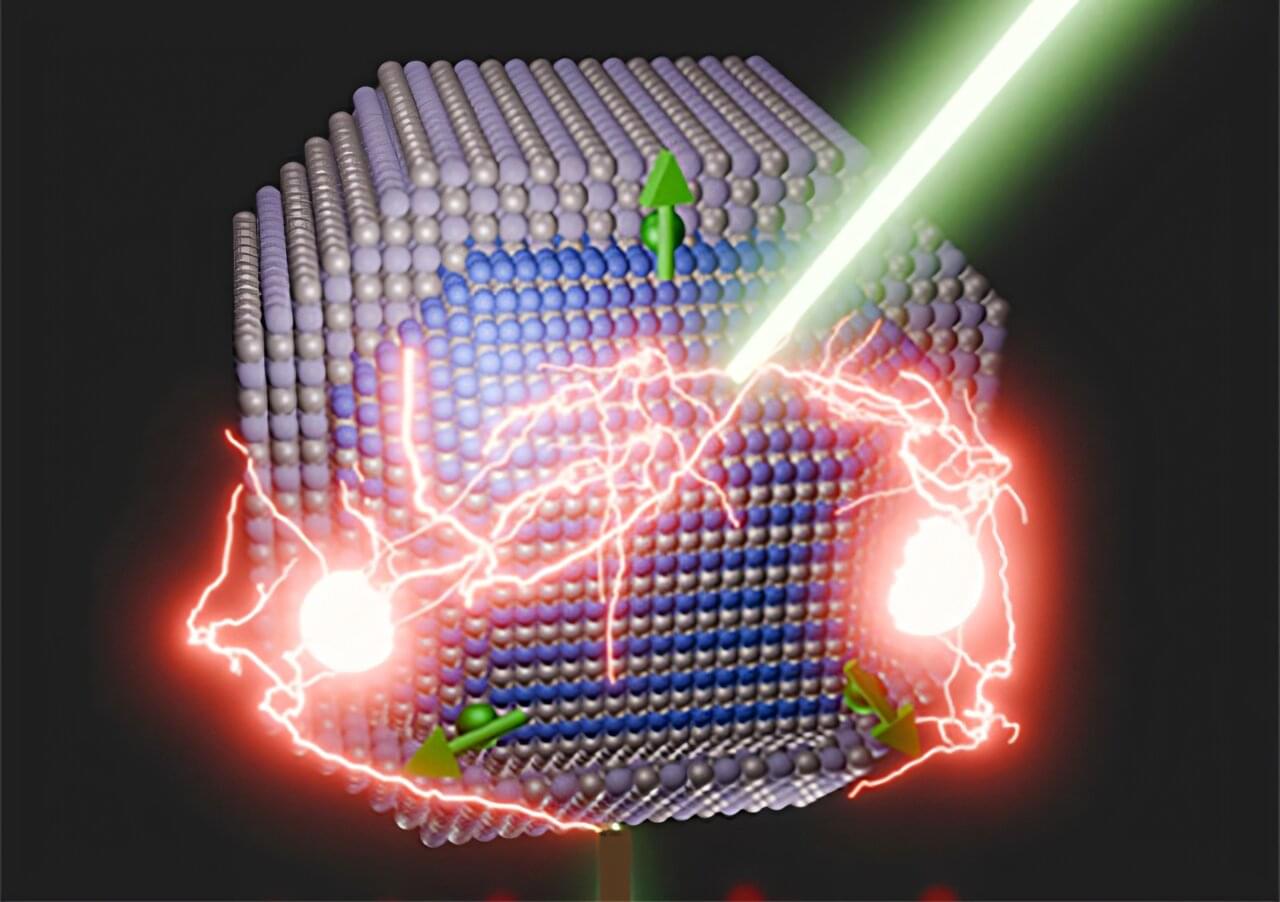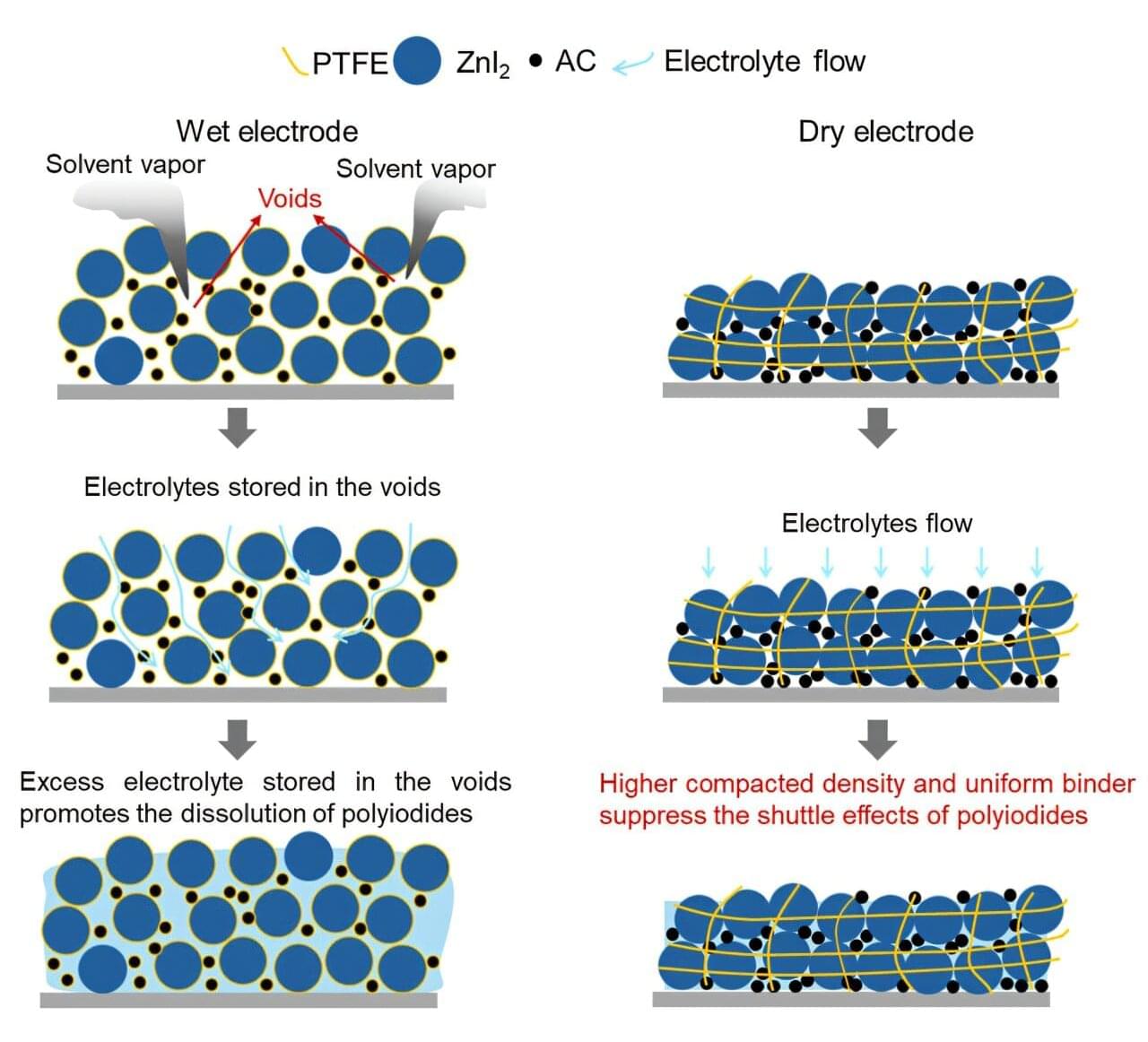UNDATED (WKRC) — Scientists were diving into a mysterious biological phenomenon known as the “third state,” where cells of a deceased organism can adopt new functions after death, Popular Mechanics reported.
University of Washington biologist Peter Noble and Alex Pozhitkov have detailed this exploration in an article for The Conversation.
Their research highlighted the surprising resilience of xenobots and anthrobots, which can survive beyond the life of their host organism.









